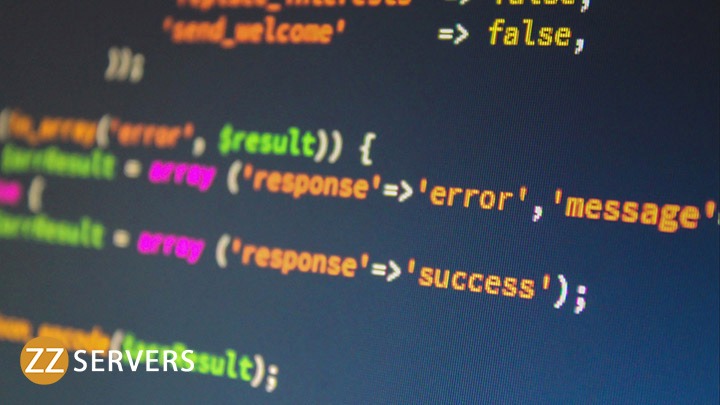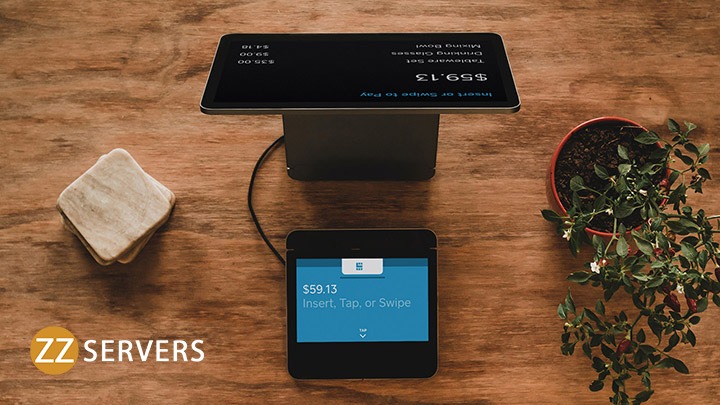Have you ever wondered about the differences between hardware and software? These are two integral components of any computer system, but what exactly are they, and how do they differ? This guide will explain the key distinctions between hardware and software in simple terms.
Hardware refers to the physical parts of a computer, like the monitor, keyboard, mouse, and internal components, such as the motherboard. On the other hand, software, like your operating system, apps, and other downloaded programs, runs on the computer. Some main differences include:
Hardware is the tangible, physical elements, while software is intangible code. Hardware can be touched, but software requires hardware to run on. Hardware can break over time, but software failures are usually due to bugs or glitches. Popular hardware includes keyboards and printers, while common software is MS Word, web browsers, and games.
What is Hardware?
The physical components that make up a computer system are known as hardware. Let’s explore the main types of hardware in more detail.
Input Devices
Input devices allow you to interact with the computer. Common examples include keyboards for typing, mice or trackpads for clicking and scrolling, and microphones for voice input. Other input hardware covers webcams, which capture video, and scanners that digitize printed materials. These all serve as the pathways through which you feed instructions and data into the computer.
Output Devices
Output hardware is what displays the computer’s responses. Monitors are ubiquitous output devices that render visual content in a user-friendly way. Other common output items are printers for producing hard copies and speakers that let you listen to audio. Projectors and TVs also fall under output devices when connected to computers for presentations or entertainment. Together, input and output devices facilitate two-way interactions.
Storage Devices
Storage hardware preserves digital information on a computer even when powered off. Hard disk drives (HDDs) and solid state drives (SSDs) are primary examples of holding vast amounts of data within the system unit. External hard drives, memory cards, and USB flash drives supplement storage. Optical discs like CDs and DVDs served as portable storage, too, before cloud services became popular. These are considered secondary storage and work with the primary memory or RAM.
What is Software?

If hardware is the tangible foundation, software is the intangible intelligence that gives computers instructions. Let’s explore the main categories of software.
System Software
This core software manages basic tasks and facilitates interactions between hardware and user applications. The most common type is operating systems like Windows, macOS, Android or iOS. They control file storage, memory allocation, security, and more behind the scenes. Other system software includes firmware, drivers interface hardware with the OS, and utilities to optimize performance.
Application Software
While system software runs foundations, application software empowers specific functions. Popular examples include office suites for productivity, photo editors, web browsers, multimedia players, and more. There are also customized applications tailored for professional workflows or entertainment. The app ecosystem continues expanding, with new programs created daily.
In summary, system software constitutes the basic control interfaces, and applications are the functional programs. Together, they form a symbiotic relationship, with software harnessing hardware capabilities to create user experiences. This high-level overview illustrates what differentiates these two primary branches of computer programs.
Key Differences Between Hardware and Software
Now that we’ve defined hardware and software let’s explore some of their key differences in more depth:
Development Process
Hardware is manufactured through industrial processes involving electronics, metals, and plastics. Software, on the other hand, is engineered – it’s developed by writing source code programs using programming languages that computers can interpret. It allows software to be easily copied, modified, and distributed.
Dependency
Hardware and software have a co-dependent relationship. Hardware requires software instructions to perform tasks, but software also needs hardware to run its code and produce outputs. Neither can function alone. This intertwined linkage means updates to one may require corresponding changes in the other.
Durability
The physical nature of hardware means components can degrade or fail over time through regular use. Software, on the other hand, doesn’t experience physical wear and tear. While software bugs may cause crashes, the code remains intact and can often be fixed through patches and updates. Hardware replacements are sometimes necessary, whereas selecting software is usually non-disruptive.
Transferability
Because software is non-physical, it can readily be transferred over networks for installation on any hardware that meets minimum requirements. Hardware devices, on the other hand, must be physically shipped. It makes software easier to share, update, and migrate across platforms from desktop to mobile.
Common Examples

Now that we understand hardware and software definitions, let’s explore some typical examples you may encounter.
Popular Hardware Devices
- Monitors: These external displays are essential for visual output.
- Keyboards: Whether physical or on-screen, keyboards let you input text.
- Mice: The universal pointing device used with desktop interfaces.
- Printers: Help produce physical copies of documents.
- CPUs: The processing chips that serve as the computer’s brain.
- Motherboards: Circuitry that enables component connections.
- Storage drives: Common options include HDDs, SSDs, and external drives.
- Webcams: In-built or attached cameras for video communications.
- Speakers: Deliver audio playback from the computer’s processing.
Widely-Used Software Programs
- Operating systems: Widely adopted methods include Windows, macOS, Linux, iOS, Android, etc.
- Office suites: Microsoft Office reigns with Word, Excel, PowerPoint, and Outlook.
- Web browsers: Chrome, Firefox, Safari, Edge, and Internet Explorer.
- Photo editors: Adobe Photoshop is the industry standard graphics software.
- Anti-virus software: Vital security programs like Norton, McAfee, and Windows Defender.
- Media players: Options for multimedia include VLC, iTunes, and Windows Media Player.
- Games: Titles across genres entertain on computers and consoles.
Conclusion
Hardware refers to the physical and tangible devices we can touch, like monitors, keyboards, and internal components. The software includes programs and code that run on computers to perform tasks, like operating systems, applications, and games.
While hardware can break down over time, software failures are usually due to bugs or glitches. Examples of common hardware are printers and mice, while popular software is MS Word and web browsers. The development process differs between the two; they have a co-dependent relationship, relying on each other to function.
Frequently Asked Questions
Can software work without hardware?
While software code is independent, it needs hardware to run on and produce outputs we can perceive. Think of hardware as a vehicle – the software steering wheel allows control but requires the physical vehicle to drive anywhere.
What are some examples of system software?
System software manages core functions behind the scenes. Common examples include operating systems like Windows that interface with applications and firmware and drivers that enable communication between hardware components.
How does virus infection differ between hardware and software?
Hardware is generally unaffected by viruses since they can’t alter physical devices. However, software programs are at risk as viruses infect files and corrupt code. They spread by tricking users into installing rogue programs and applications.
What are the main categories of computer hardware?
There are four main categories of computer hardware – input devices like keyboards, output devices like monitors, storage through hard disks and SSDs, and internal components such as the CPU and motherboard.
What are the two main types of computer software?
The two primary types of computer software are system software, which controls core functions, and application software, like MS Word and web browsers, that enable specific end-user tasks. Together, they optimize the user experience.

